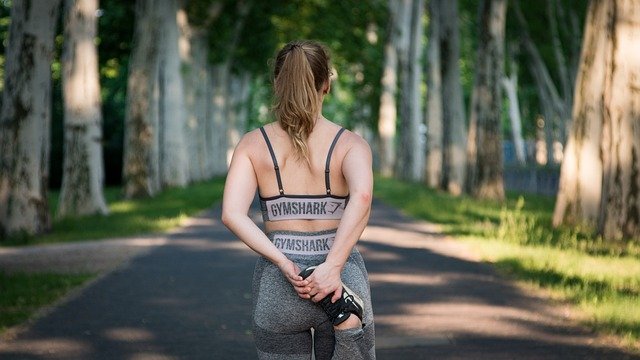The calf muscles are located at the back of the lower leg and consist of two groups: the gastrocnemius, which originates above the knee joint, and the soleus, which originates below the knee joint. Both groups connect to the knee bone through the Achilles tendon.
When these muscles are stretched beyond their natural limit, it leads to a strain. Less severe strains pull the muscle beyond its normal range, while more severe strains may tear muscle fibers, possibly resulting in a complete tear. However, most calf muscle strains are minor tears, affecting only some muscle fibers while leaving the rest of the tissue intact.
Symptoms of a calf strain:
Calf muscle strains can cause significant pain, the intensity of which depends on the severity of the injury. These strains are typically classified into three grades:
Grade 1 – Causes mild discomfort with no significant limits to physical activity.
Grade 2 – Involves mild discomfort while walking and limitations in activities like jumping and running; may have associated bruising and swelling.
Grade 3 – Results in an inability to perform physical activities, accompanied by swelling, bruising, and spasms.
During a calf strain, you may feel a sharp impact at the back of the leg, possibly accompanied by a ‘pop.’ This leads to sudden pain in the lower leg’s back or swelling over the calf muscle. Some injuries may make it challenging to bear body weight on the affected side.
The healing process of a calf muscle strain begins with an inflammatory response. Rest and protection of the injured area are crucial to prevent further damage. The body creates cells to remove dead muscle fibers and initiate the repair process, including the regeneration of muscle fibers, formation of scar tissue within the muscle, and maturation of the scar tissue, aligning fibers along lines of stress and enhancing their ability to withstand force.
Treatment options:
1. Exercises and stretching: Physiotherapists can recommend exercises, such as calf raises, for low-level calf strains. These exercises, usually started 1-2 weeks after injury, help in recovery.
2. Compression clothing: Compression leg sleeves can expedite recovery by improving blood circulation, supporting surrounding joints, and offering relief from everyday pain while allowing a full range of motion. This gear prevents wrapping the strained muscle too tightly, ensuring proper compression without causing additional swelling.
3. Ultrasound: Physical therapists may use ultrasound during massage therapy to enhance healing after a strained muscle. Ultrasound improves blood flow, breaks down cross fibers formed in the injured area, and promotes the alignment of collagen fibers for healing.
Rest, ice, and elevation:
Reducing swelling is crucial after a calf strain. The first step is to apply ice during the initial 7 days after the injury. Rest is essential for the full recovery of an injured calf muscle, while elevation, especially in the initial days, helps reduce swelling. Placing the leg above chest level, such as by propping it up on a couch arm with pillows, is recommended.
